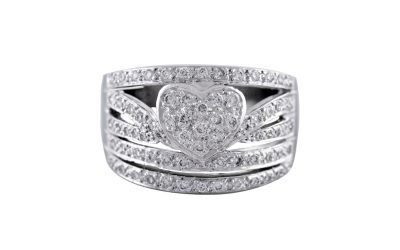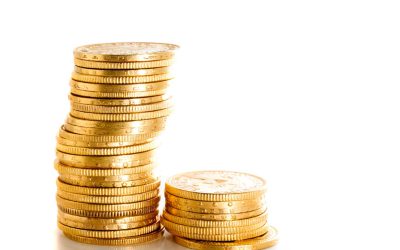Canada Gold Blog
How Canada Gold is Using Live Chat to Help You Get Answers Right Away
At Canada Gold, we know that selling your gold, silver, or precious metals can feel like a big decision — and having fast, reliable information makes all the difference. That’s why we’ve introduced Intercom live chat across our website: to give you real-time answers...
The History Behind Our New Vancouver Flagship Store
From Bank Vaults to Boots to Baths to Bullion: The History Behind Our New Vancouver Flagship 2490 Main Street isn’t just our new flagship location — it’s a piece of Vancouver history. Tucked in the heart of Mount Pleasant, this limestone and brick heritage...
Coin Exchange at Canada Gold’s New Flagship Store
A Collector’s Dream: Coin Exchange at Canada Gold’s New Flagship Store Something extraordinary is coming to Vancouver — and it’s not just for coin collectors. On May 2–3, 2025, Canada Gold will celebrate the grand opening of our brand-new flagship store at 2490 Main...
Buying Canadian? Where You Buy Precious Metals Matters
Coin collecting has been a popular hobby for centuries, captivating enthusiasts with its blend of artistry, history and the potential for financial gain. For many collectors, the question arises: is coin collecting a good investment? This blog post explores the investment potential of coins, particularly Canadian coins, and shares stories that highlight their evolving values over the years.
Is Coin Collecting A Good Investment?
Coin collecting has been a popular hobby for centuries, captivating enthusiasts with its blend of artistry, history and the potential for financial gain. For many collectors, the question arises: is coin collecting a good investment? This blog post explores the investment potential of coins, particularly Canadian coins, and shares stories that highlight their evolving values over the years.
Canada’s Colourful Coins
On television shows and movies, one can often tell if a production is from Canada when the characters spend money. American bills are all similar in colour – a greyish green, but Canada’s bills are rainbow toned! Another form of Canadian money can also be colourful –...
Gold 101: How is Gold Priced?
The price of gold is determined by several key factors, including market demand, supply, global economic conditions, central bank actions and more. Understanding these factors can help investors and sellers make more informed decisions when dealing with gold.
Gold Recycling Canada: Leading Sustainable Practices
Gold has long been valued for its beauty and rarity, finding use as jewellery, currency, and even in works of art. Historical tales of the gold rush and the efforts of miners to strike it rich are known to all, but in today’s world, the traditional methods of gold...
Unraveling Silver Grades: Understanding Types and Their Importance
Like gold, silver has been integral to human history, cherished for its aesthetic appeal and used in various applications such as currency, jewellery, and decoration. This historical significance underscores the importance of understanding silver's various grades....
Golden Legacy: Navigating the World of Canadian Gold Coins
Gold has an allure that transcends time. As a symbol of wealth, power, and prestige, gold has been coveted throughout history. Especially in the current market where many are monitoring the gold price today, gold coins, particularly those from Canada, have been...
The Benefits of Owning Gold in Canada: Hedging Against Inflation and Market Volatility
For thousands of years, gold has been valued by humanity for its beauty and scarcity. The first known use of gold as currency dates to around 700 B.C., when the first coins were produced by the merchants of Lydia, an Iron Age kingdom of Western Asia Minor. Made from a...
Do Mints Matter? A Guide to The Major Gold Bullion
Gold can be kept in a variety of forms. Gold of high purity is often kept in the form of bars, but may also be found as ingots and coins. Gold that is officially recognized as being at least 99.5% pure is referred to as bullion, which can be cast into any of these...










